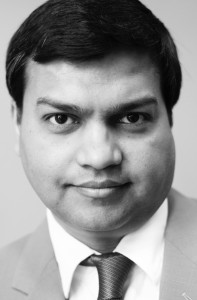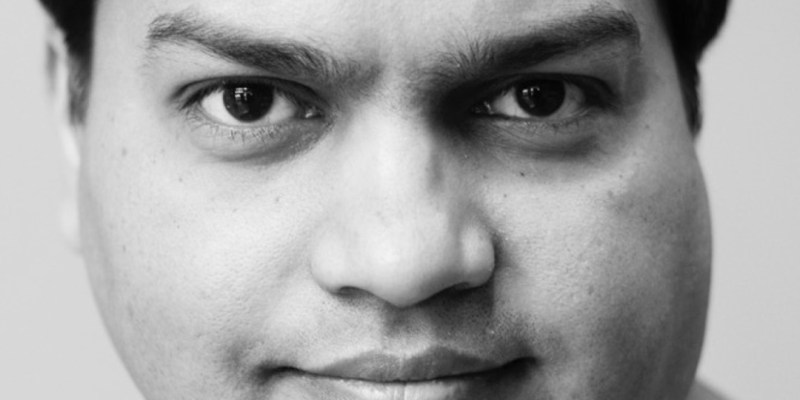
Dan Banik was a visiting associate professor at Stanford’s Center on Democracy, Development and the Rule of Law (CDDRL) at Stanford’s Freeman Spogli Institute from July 2013 through July 2014. He is also currently an associate professor at the University of Oslo in Norway. Banik initiated “What Works: Promising Practices in International Development,” a free online course that explores issues concerning development and poverty reduction. The massive open online course (MOOC) began on Feb. 23 and features faculty members from five universities worldwide, including four Stanford professors. The Daily spoke to Banik about how he developed the course.
The Stanford Daily (TSD): How did you and your colleagues come up with the idea for this MOOC?
Dan Banik (DB): The idea came from students at the University of Oslo. They found that I spent most of my lectures talking about critical perspectives on existing development interventions and wanted to get some positive feedback on what actually was working. I thought that they really had a good point. So a couple of years ago, I developed a course with a similar title and had 25 students. Then I was inspired by Larry Diamond, director of the CDDRL, who gave his first MOOC on democracy a couple of years ago. Larry is a good friend of mine and my colleague [from] when I spent the last year at Stanford. I got thinking, you know, maybe from 20 or 25 students, we actually want this to be scaled up and be applicable to a larger audience. That was the background. It was a student request that l do this.
And I want to add that a lot of the MOOCs out there have been a bit criticized for promoting a Western perspective. There aren’t too many MOOCs that also actually have participants from universities in the [Southern hemisphere]. So I thought, well, this is a superb opportunity for me to get all my colleagues that I’ve collaborated with in any case. I have a long research collaboration with the University of Malawi; I’ve been collaborating with my Chinese colleagues for many years and have positions in Beijing, at Stanford and also at [the University of] Oslo. So I thought, let’s put together a course with people from all over these universities.
TSD: Who is the target audience of this course?
DB: I’m not sure, because we wanted it to be appealing to anybody interested in these issues. I haven’t got all the data sets in terms of the geographical distribution and the demographics of [the course takers], but from the 700 or 800 introductions that people have put up on the very first page [of the course’s website] already, it seems that we have students from China, India, Japan, Australia [and] all over the world. We have people working on the field, but we also have pensioners. [We have] people who are actively working in diplomatic service, a UN ambassador from Britain, taking this. We have a lot of development NGOs on the ground in Africa that recommended this course to their partners in Europe. It’s a pretty interesting mix. And I’m not really worried about one particular [group or audience] as long as people are interested. This is not like a regular course at the University where we have to meet certain targets and certain criteria. As long as people are interested, they are welcome to join.
TSD: How do you evaluate the relative importance of policy, research and technology?
DB: Well, firstly, we want to bridge the gap between knowledge and policy, between research and policy. Many superb researchers are doing a lot of work, but then their publications in journals or in books are not read by the policymakers. Through a popular dissemination through short, concise video lectures with transcripts available, we are trying to reach out to people who otherwise would not take a long course – who wouldn’t be able to come to the University or read a whole book. We have a lot of civil servants and politicians taking this course. So we are bridging that gap between research and policy in order to make people aware of some of the research findings. Then the next question is, of course, if technology is allowing us to do it. Therefore, I see the bridge between research and policy being important, and technology is helping us [build] that bridge by making it possible for us to reach out to these thousands of people all over the world.
Contact Tom Cao at qitong ‘at’ stanford.edu.
